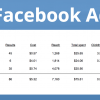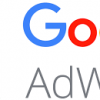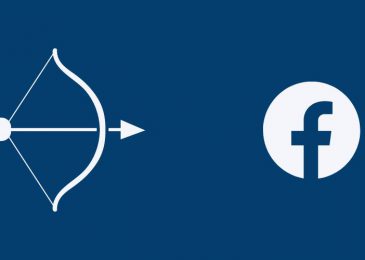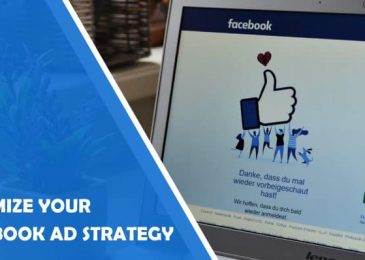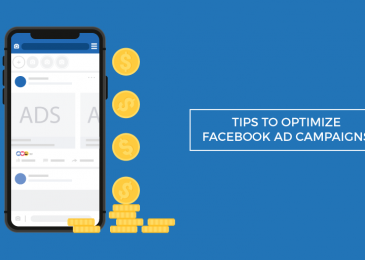You give Facebook a strict set of parameters. They serve your ad creative to a smaller subset of users than you’d reach with broader targeting. They purchase your wares. You laugh all the way to the bank.
Here are a few of the ways you can define these more specific audiences:
- Curate a list of job titles your prospects tend to hold, pairing it with an affinity for vegan pizza and The Clash, then layering these atop specific locations
- Leverage custom audiences based on actions taken on your website, like webinar registration or content downloads
- Create a 1% lookalike audience using your top-spending customers as the seed audience
These (and literally an infinite combination of other specific targeting methods) can help you skip a few stages between a prospects thinking “hmm, this looks neat” and punching in a credit card number.
Per Facebook, specific audience targeting “may lead to a potential audience that’s smaller, but hopefully also to one that’s more interested in what you’re advertising than a larger and broader audience would’ve been.”

By significantly reducing the number of people in each audience, you can cater your creative to the characteristics of and actions taken by a group of prospects, improving your chances of success. Of course, you also significantly decrease your ability to reach large swaths of Facebook-using public. This is why it’s so important to pair broad and specific audiences, using the former to funnel new prospects towards the latter.
Specific Facebook Audience Targeting in Action
As you already know, there are an uncountable number of ways through which you can define an audience in Facebook. “Specific” does not explicitly refer to the use of custom or lookalike audiences but, rather, a well-defined set of Facebook users. Basically, anything that takes control away from Facebook and can ratchet this:

Down to this:

Can be defined as “specific” audience targeting. The three main ways to accomplish this are using layered targeting, custom audiences, and lookalike audiences.
Layered Targeting
Facebook allows you to layer myriad targeting options on top of one another to create new, granular core audiences.
The advantage of doing so is obvious: you can tailor your ad creative to the overlapping characteristics of small audiences to show prospects how your product or service addresses a specific need.

For example, if you sell homeowners insurance, you’ll want to target people who purchased a home recently. But more specifically, you can use layered audience to create variations of the new homeowner audience based on characteristics like home type (apartment, condo, single family, multifamily), home value, and household composition.

This ad, for example, would be great for folks who’d just bought a bungalow, but completely wasted on apartment-dwellers.
By breaking recent home buyers into segments using layered targeting, you can serve completely different ads to the pair of twenty-somethings buying a one bedroom apartment in Brooklyn, the Midwestern family of eight, and the recent divorcee with a beachfront condo in Malibu. This persona-specific creative can be an excellent way to account for Facebook’s lack of intent, bolstering conversions in the middle of your sales funnel.
Custom Audiences
Facebook’s core targeting options can feel limitless but sometimes, the best way to create an audience isn’t through latent characteristics. What’s better?
Action, people. Action.
Custom audiences allow you to target Facebook users based on:
- Customer file (email addresses you upload)
- Website traffic (provided the Facebook Pixel is on your website)
- App activity (pretend this doesn’t exist)
- Engagement (explicit action taken on either Facebook or Instagram)
Of the four possible sources for custom audiences, the most valuable are, without a doubt, customer file and website traffic. (Note that custom audiences are often the smallest audiences you can create on Facebook. This makes it difficult for Facebook to serve your ads unless they attain supreme levels of engagement among your audience—as reflected in your Facebook ads’ relevance scores)

The “customer” component of customer file audiences is, uh, negotiable. You could feasibly upload any email list and reach Facebook users whose email credentials match. Use these custom audiences to upsell existing customers, offer a product demo to people who downloaded a specific piece of content: the possibilities are endless. Ditto for custom audiences generated based on website traffic; use Google Analytics to determine which pages people tend to visit, ensure the Facebook Pixel is on those pages, create an audience, and serve creative that elaborates on the content prospects viewed.
It’s like shooting fish in a barrel.
Lookalike Audiences
Facebook lookalike audiences are the cream cheese frosting atop the nut-packed carrot cake that is Facebook advertising. This is fact, not opinion.
While custom audiences are generally limited—since you need to upload a list or supply users based on on-site in-app actions completed—lookalikes are simply aggregated users whose characteristics mirror those of a selected source audience. The degree to which they match can be altered (with 1% representing a near-facsimile and 10% being more like a second cousin).

The “source audience” for your lookalikes can be any Facebook audience you’ve already created; to maximize their value, though, you should use converters (based on the Facebook Pixel) or customer email addresses. It’s no use to create a lookalike of people who, after seeing an ad as a member of one of your broader audiences, have told you to [expletive] yourself.
Read more Great tips to get organic traffic from Facebook
_______________________________________________________________________________
For more details about our seo service packages, pls contact us
BIGBIGSEO Team
Email: bigbigseo@gmail.com
Skype: bigbigseo
https://www.facebook.com/bigbigseo
Thank you!
